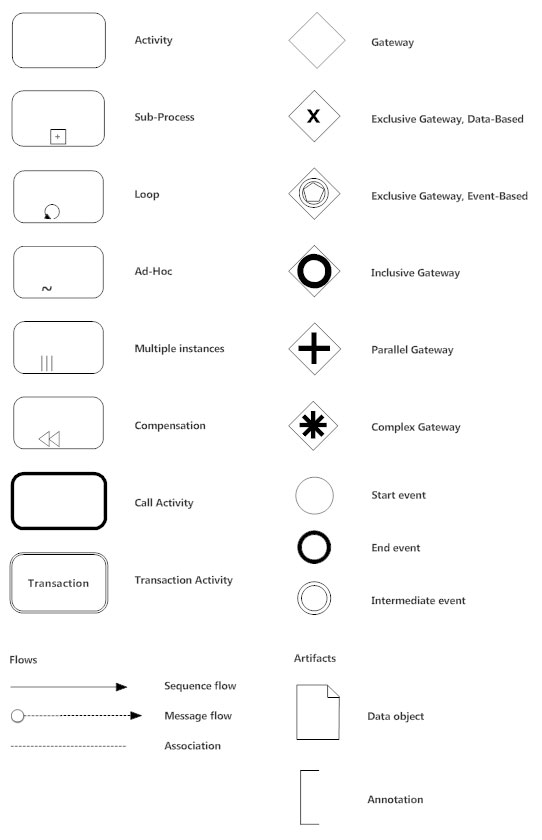
Using the example of the process of eating at a restaurant from above, the customer would be their own pool and the restaurant would be its own pool. Lanes are a division that fit within pools to give a more specific definition of who ultimately performs a certain activity. If you were making a model of how a restaurant serves a customer, the restaurant and the customer would be their own pools.

These tend to be broad functions, like “marketing” or “IT” or even between two different companies or entities altogether. Pools are a type of division that defines a process or organization. 🎬 Watch our tutorial video for tips on Gliffy's swimlane functionality: How to Make a Swimlane Diagram Pools These rows, called swimlanes or pools, are a core part of the structure of BPMN diagrams, too. You may be familiar with swimlane diagrams, which are a type of flowchart that use columns or rows to organize a process.


Last, your flow objects, artifacts, and connectors lie on top of a swimlane framework.


 0 kommentar(er)
0 kommentar(er)
